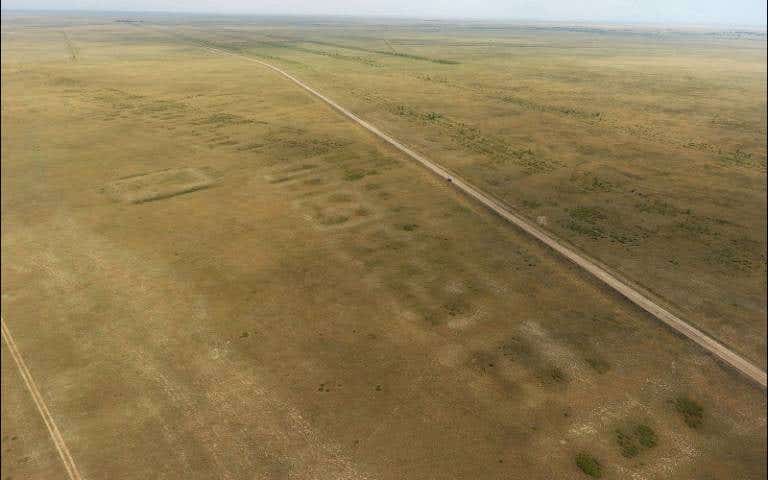Wuhan market samples provide new evidence of COVID-19 origins
A new study uncovers the wildlife species likely linked to the origin of COVID-19 at the Wuhan market. The analysis identifies raccoon dogs and civet cats as potential virus carriers, offering crucial insight into the pandemic’s beginnings.

Key wildlife species linked to COVID-19 in Wuhan Market identified by new study. (CREDIT: CC BY-SA 3.0)
A recent international study offers new insights into the wildlife species likely present at the Wuhan market where SARS-CoV-2, the virus behind the COVID-19 pandemic, is believed to have emerged in late 2019.
Published in Cell, the study analyzes genetic data from over 800 samples collected from the Huanan Seafood Wholesale Market in Wuhan, China. This data, obtained by the Chinese Center for Disease Control and Prevention (CDC), includes swabs taken from various surfaces in the market and viral genomes from early COVID-19 patients.
Michael Worobey, a co-corresponding author of the study and head of the Department of Ecology and Evolutionary Biology at the University of Arizona, believes this study might represent the final major piece of direct evidence from the market. He notes, "We present a thorough and rigorous analysis of the data and how it fits in with the rest of the huge body of evidence we have about how the pandemic started."
When investigators from the Chinese CDC arrived at the Huanan market on January 1, 2020, just hours after its closure, they found few live wildlife species. However, they collected samples by swabbing floors, walls, cages, and other surfaces in stalls where wildlife had been sold.
Related News
They returned days later to gather more samples from specific areas, such as carts used to transport animals and drainage systems. Their metatranscriptomic sequencing efforts—an advanced technique used to identify RNA sequences from various organisms—provided a detailed picture of the market’s biological environment, capturing viruses, bacteria, plants, animals, and human genetic material.
The initial analysis of these samples was published by the Chinese CDC in Nature in 2023. While this earlier work revealed the presence of SARS-CoV-2 at the market, it did not clarify which animal species were present. The sequencing data, however, had been shared openly in public repositories, making further analysis possible. The new study uses this data to shed light on the species that might have carried the virus, with a particular focus on wildlife known to have been present in the market.
SARS-CoV-2 was detected in samples collected from several stalls where wildlife had been sold. Among the animals identified were raccoon dogs—small animals resembling foxes with facial markings similar to raccoons—and civet cats, small carnivores related to mongooses and hyenas. In some cases, the genetic material from SARS-CoV-2 and these animals was found on the same swabs.
“Many of the key animal species had been cleared out before the Chinese CDC teams arrived, so we can’t have direct proof that the animals were infected,” explains Florence Débarre, a co-corresponding author of the study from the French National Centre for Scientific Research. “We are seeing the DNA and RNA ghosts of these animals in the environmental samples, and some are in stalls where SARS-CoV-2 was found, too. This is what you would expect under a scenario in which there were infected animals in the market.”
The implications of mixing wild animals with humans in densely populated cities like Wuhan are profound. Worobey describes the risk as akin to “a spark in a tinderbox,” explaining that when animals carrying potentially pandemic-causing viruses are brought into such environments, it increases the likelihood of transmission to humans. While not every virus from these animals is capable of starting a pandemic, the conditions for a significant outbreak are undeniably present.
In addition to analyzing the samples from the market, the researchers also examined the earliest SARS-CoV-2 genomes available. Their evolutionary analysis supports the idea that very few, if any, humans were infected before the market outbreak, reinforcing the theory that the virus likely spilled over from animals to humans within the market before spreading throughout Wuhan and eventually worldwide.
Although the evidence cannot definitively prove that any of the animals at the market were infected with SARS-CoV-2, the study provides a comprehensive list of species that were present and likely candidates for harboring the virus. This includes details about where these species may have originated and how they were transported to the market, giving researchers valuable clues about illegal wildlife trafficking networks.
The report represents the most complete record to date of the wildlife present in the market at the time of the outbreak. It also underscores the need for more action to prevent similar events in the future. Despite heightened awareness of lab safety and the risks posed by wildlife trade, little has been done to address the dangers of bringing live animals into urban areas where viruses can easily spread among humans.
Worobey stresses the urgency of acting on this knowledge. "We need to start putting the evidence of how this pandemic started into action by taking serious, concrete action to stop the perilous practice of bringing live animals with potential pandemic pathogens into densely populated urban areas," he says.
The study paints a sobering picture of how a pandemic like COVID-19 can originate and spread. It highlights the critical need for stronger regulation of wildlife trade, especially in markets located in densely populated cities. Without significant changes in how humans interact with wild animals, the threat of another pandemic will continue to loom.
Note: Materials provided above by The Brighter Side of News. Content may be edited for style and length.
Like these kind of feel good stories? Get The Brighter Side of News' newsletter.



